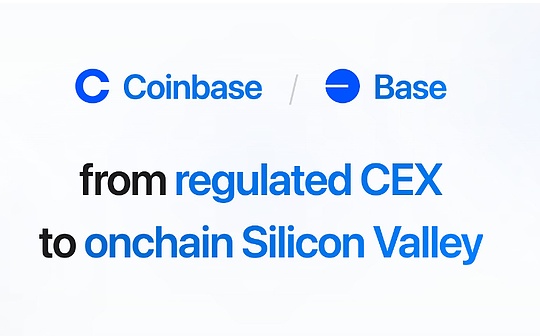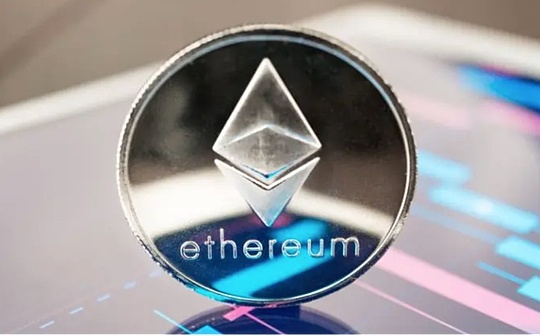
Yesterday, Uniswap announced that it cooperated with Flashbots to launch the Ethereum L2 -Unichain designed for Defi, which is an OPTIMISTIC ROLLUP based on OP Stack, which aims to solve some challenges facing Defi.It is worth mentioning that UNISWAP, Flashbots and Optimism have received Paradigm investment support.
At present, the block time of Ethereum L1 is 12 seconds, and the transaction speed is slow to limit the user experience.In addition, the MEV problem also needs to be solved urgently. The existing block construction mechanism has led some participants to obtain unfair returns through manipulating the transaction order, thereby reducing market efficiency.In response to these issues, Unichain launched a 1 -second block time and 250 millisecond “Flashblocks”, combined with verified priority sorting mechanisms and trusted execution environment (Tee), which greatly increased the transaction speed, while increasing the transparency and fairness of transaction sorting and fairness of transaction sorting.Sex injects new vitality into Layer 2’s DEFI ecology.
UNIChain’s technical characteristics
1. VeriFiable Block Building (verified block construction)
This is a new block construction mechanism introduced by Unichain, which is implemented by Rollup-Buost.It aims to increase the transparency of the transaction sorting of the blockchain, reduce the unfair MEV extraction, and increase the speed of transaction processing.The basic idea isUse Tee to perform the block construction process to provide a transparent and credible sorting mechanismEssenceRollup-Buost is a verifyable block construction platform developed by Flashbots to upgrade the Rollup performance, and optimize the block construction process by Tee.Unichain is its first actual application case.Rollup-Boost is integrated as a side car software (Sidecar), which uses its technical characteristics (such as FlashBlocks’s rapid confirmation and verifiable priority sorting) to enhance the performance and user experience of Unichain.
The working principle of verifying the construction of the block:
-
Use Tee to build block construction: Tee is a hardware security technology that can perform computing tasks in an isolated environment to ensure that the external environment cannot be tampered with or interfered.In Unichain, the block builder runs in Tee to ensure that the construction process is safe and reliable.TEE will simulate the execution of transactions, test whether there will be a failure of the transaction, and eliminate the failed transactions, thereby preventing users from paying high fees due to failure transactions.
-
Generate Flashblocks (Flash): In the Unichain, a block is generated every 1 second, and a pre -confirmed mechanism FlashBlocks is introduced to divide each block into four flash blocks (that is, the pre -confirmed per 250 milliseconds), and transmits the preface in real timeEssenceUsers can get an early confirmation before the transaction is officially packaged to prevent transactions rolling back due to block reorganization and other reasons, reducing additional costs caused by uncertainty.This mechanism has accelerated the transaction settlement speed and reduced the chance of MEV extraction.
-
Priority sorting and verifiable: Rollup-Buost provides a verified transaction sorting method, which can verify the execution order of its transactions in the block.Through the construction of blocks in TEE, transaction priority sorting can be transparent in accordance with specific rules (such as paying priority fees), and verify that the block construction conforms to these rules by verifying the proof.This mechanism not only prevents the disintegration of sorting power, but also internalize the MEV, that is, the setting rules (such as the MEV tax) will allocate the benefits of some MEVs to protocols or liquidity providers.
2. Unichain Validation Network (Unichain verification network)
Unichain verification network (UVN) passes pledge and distributed verification,Solve the risks existing in a single -sequence architecture, and accelerate the economic ultimateness of the blockchain.
UVN consists of multiple nodes, and each node can independently verify the state of the block to ensure that all transaction records are legally and not tampered with.It can prevent conflict block risks in a single order or invalid block risk (invalid block Risk), thereby enhancing the security of the network.The operator of becoming a UVN verification node must pledge the UNI tokens on the Ethereum main Internet. The more nodes that pledge, the greater the weight, and more opportunities to become an active verification node.
In addition, UVN provides a faster economic final mechanism that reduces the potential delay brought by a certain order in order through multi -node parallel verification.Each verification node confirms the validity of the block within the verification cycle, and publicize the verification information to the network to add the credibility of the chain state.Once the block passes through verification, these transactions are regarded as irreversible (that is, the ultimate economic).Verifters need to verify and issue notaries to the block within each verification cycle, otherwise they will not be able to get corresponding rewards.
What do the community think of Unichain?
Ryan Watkins, co -founder of Syncracy Capital, put forward the view of “Rollapps Are FatApps”, thinking that the Rollapp represented by Unichain has higher control capabilities and flexibility, similar to fat applications, greater control and management capabilities for infrastructure., Can better control the value you created.He divides the application structure into three types and compares their control scope:
-
Standard Application: These applications only control application logic and application costs, and rely on blockchain infrastructure and other levels of implementation, settlement, consensus, and data availability.The control range of applications is relatively small.
-
Smart Contract Rollapp: Through the function and control range of the application of smart contracts, it covers the execution level. Application can manage its own execution logic and costs, but it still depends on the consensus and data availability of the underlying blockchain (such as Ethereum).
-
Sovereign Rollapp: This type of application can control almost all levels (except data usability), more independent in infrastructure, and can provide users and developers with higher customized control and functions.
>
FENBUSHI Capital researcher Yuki pointed out that Unichain is not a blockchain specially designed for specific applications, but a universal L2 solution with a built-in MEV re-distribution mechanism, butStill need some custom mechanisms (such as HOOKS) to ensure that the MEV income flows to a specific target group(Such as user or liquidity provider).
Researcher Haotian believes that Uniswap’s launch of Unichain is not departing from Ethereum, but further promotes the development of the Ethereum L2 ecosystem.The current L2 ecosystem has not fully stimulated the vitality of DEFI, and Unichain will play a catalytic role in the expansion of the DEFI field.Unlike DydX and MakerDao, unlike the completely independent architecture and consensus mechanism, Unichain is based on OP Stack, still in line with Ethereum’s Rollup-Centric extension strategy, and also gives more functions to the UNI token.Unichain will compete with other L2, which will help improve the vitality of the entire L2 market.
There are also some different views, such as KOL SUDO RM believes that the expansion strategy at this stage ignores the solution of some core problems.L2 has expanded the processing capacity of the network, but the user’s security problems have not been effectively solved.Rather than invest a lot of funds to the development of L2, it is better to solve the most basic and fundamental problems in the Ethereum ecosystem, such as user security and anti -offensability.Kol Temmy questioned the necessity of UniChain’s need for Uniswap to be confused about whether more L2 solutions needed, because he believed that the existing L2 was enough.UNISWAP may cause more liquidity fragmentation, and if other DAPPs follow suit, the situation may be worse than expected.








